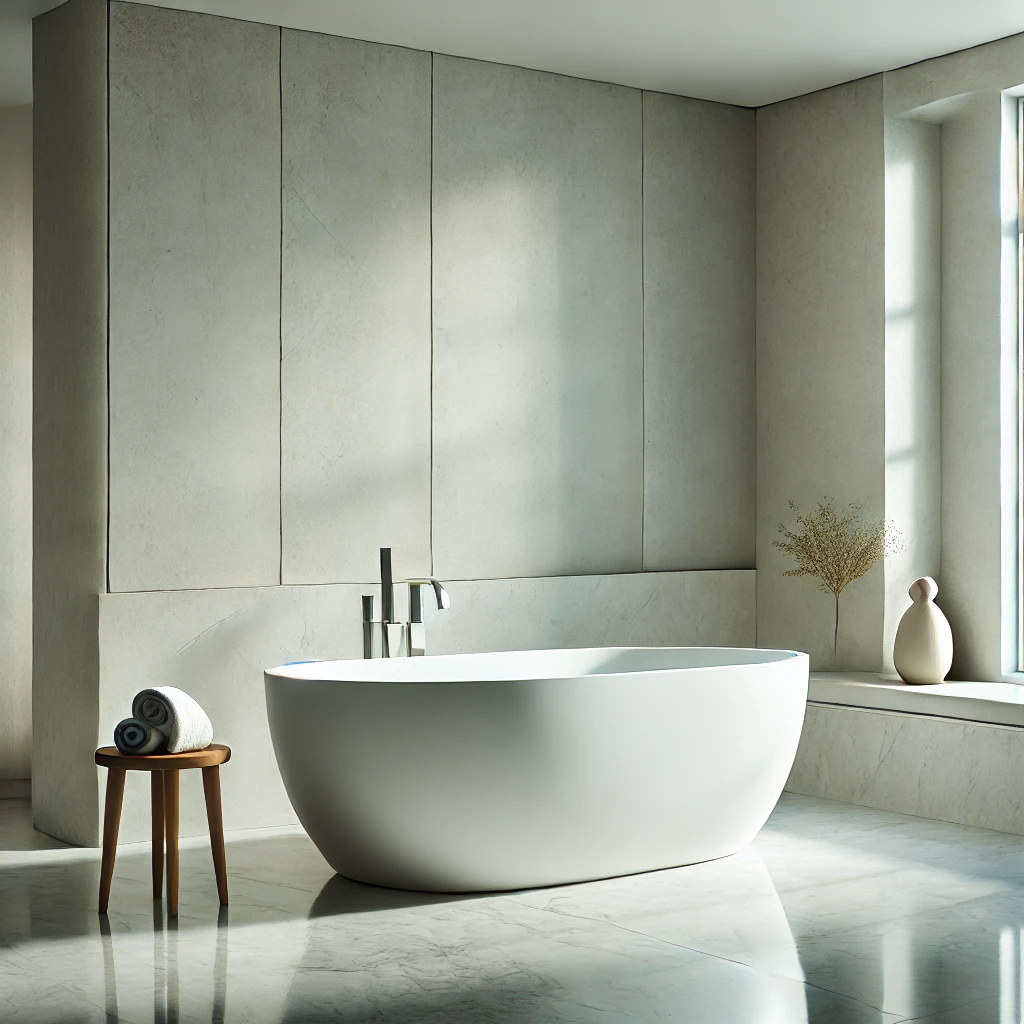
When it comes to elevating the luxury of your bathroom, nothing does it better than a well-chosen freestanding tub. These elegant fixtures not only serve as a functional element of your bathroom but also as a statement piece that exudes style and sophistication. However, selecting the right one can be daunting, given the multitude of options available. In this guide, we’ll walk you through the key considerations to help you choose the perfect freestanding tub that fits both your aesthetic preferences and practical needs.
Understanding the Types of Freestanding Tubs
Before diving into specifics, it’s essential to familiarize yourself with the various types of freestanding tubs. From classic clawfoot tubs that bring a vintage feel to sleek, modern designs, the variety is vast. Consider whether you prefer a slipper tub, which offers a high back for added comfort, or a soaking tub, designed for a deep, immersive experience. Each style has its unique benefits, so understanding what suits your bathroom space and your bathing habits is crucial.
Choosing the Right Material
One of the most important aspects of selecting a freestanding tub is the material. The choice of material impacts not only the look and feel of the tub but also its durability and maintenance requirements. Popular materials include acrylic, which is lightweight and affordable, and cast iron, known for its durability and heat retention. Stone resin tubs offer a more modern aesthetic and excellent heat retention, though they can be more expensive. Weigh the pros and cons of each material to determine which best suits your needs.
Freestanding Tub Installation Tips
Installing a freestanding tub requires careful planning, especially since these tubs are heavier and often larger than traditional built-in models. Make sure your bathroom floor can support the weight of the tub, especially if you’re considering a heavier material like cast iron or stone. Additionally, consider the plumbing; since freestanding tubs are typically placed away from the wall, you may need to reroute plumbing lines. Professional installation is recommended to ensure everything is set up correctly and safely.
Practical Considerations
While aesthetics are important, practicality should not be overlooked. Consider the size of your bathroom and how much space you can allocate to the tub. Ensure that there’s adequate space around the tub for easy cleaning and that it complements the overall design of your bathroom. Also, think about the tub’s capacity—do you prefer a tub that’s deep enough for full immersion, or would a standard depth suffice?
Best Freestanding Tub Designs
When it comes to design, the choices are endless. From minimalist to ornate, the design of your freestanding tub should align with your bathroom’s overall theme. If you’re going for a contemporary look, opt for a sleek, streamlined design. For a more traditional bathroom, a clawfoot or pedestal tub might be ideal. Regardless of the style, ensure the tub you choose enhances the visual appeal of your space while offering the comfort and functionality you desire.
Conclusion
Choosing the perfect freestanding tub is a significant decision that involves both aesthetic and practical considerations. By understanding the different types, materials, and installation tips, you can select a tub that not only enhances your bathroom’s beauty but also provides a relaxing retreat for years to come. Remember to consider your space, needs, and budget as you make your decision, and you’ll find the perfect freestanding tub that brings both style and comfort to your home.
